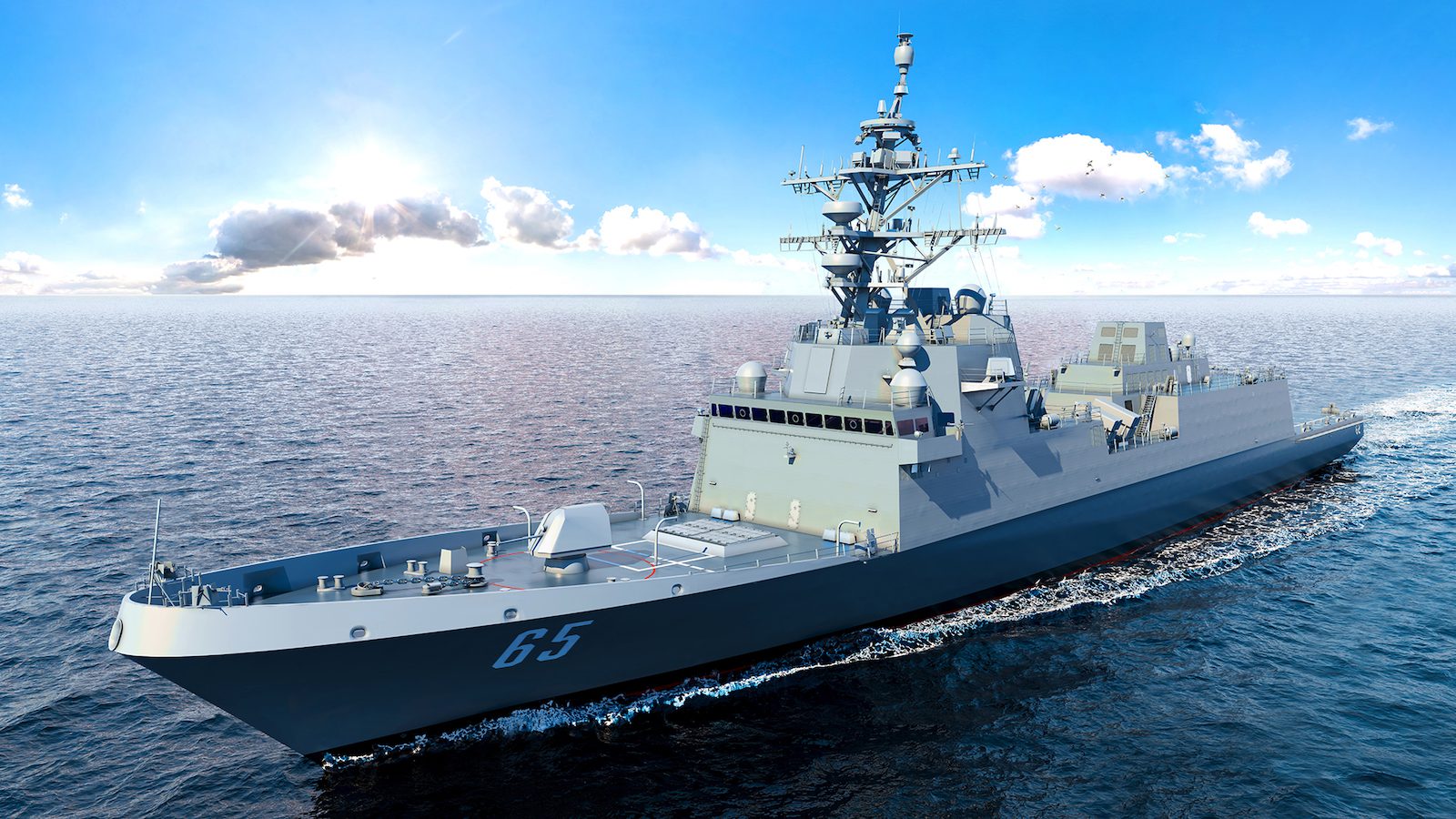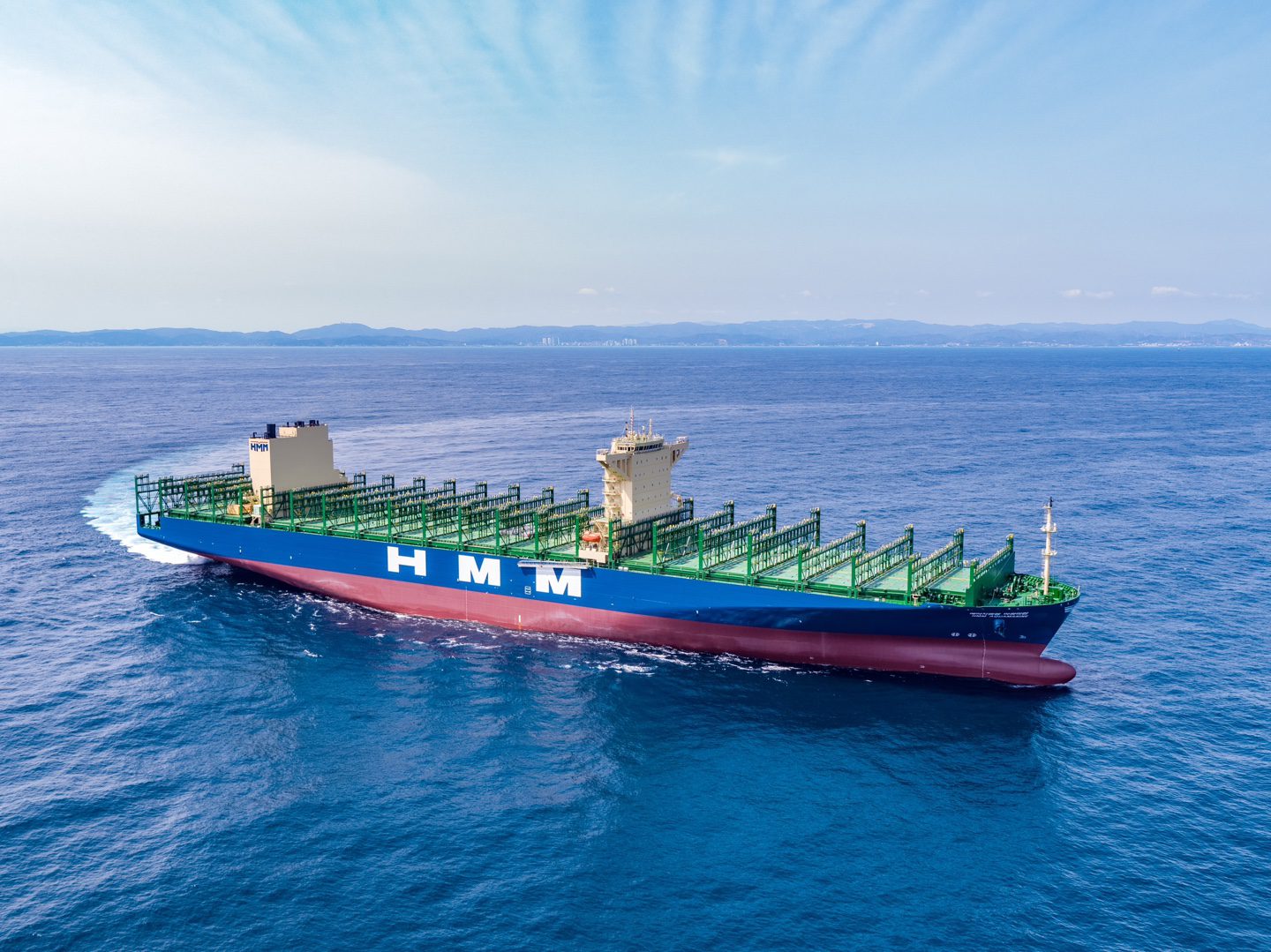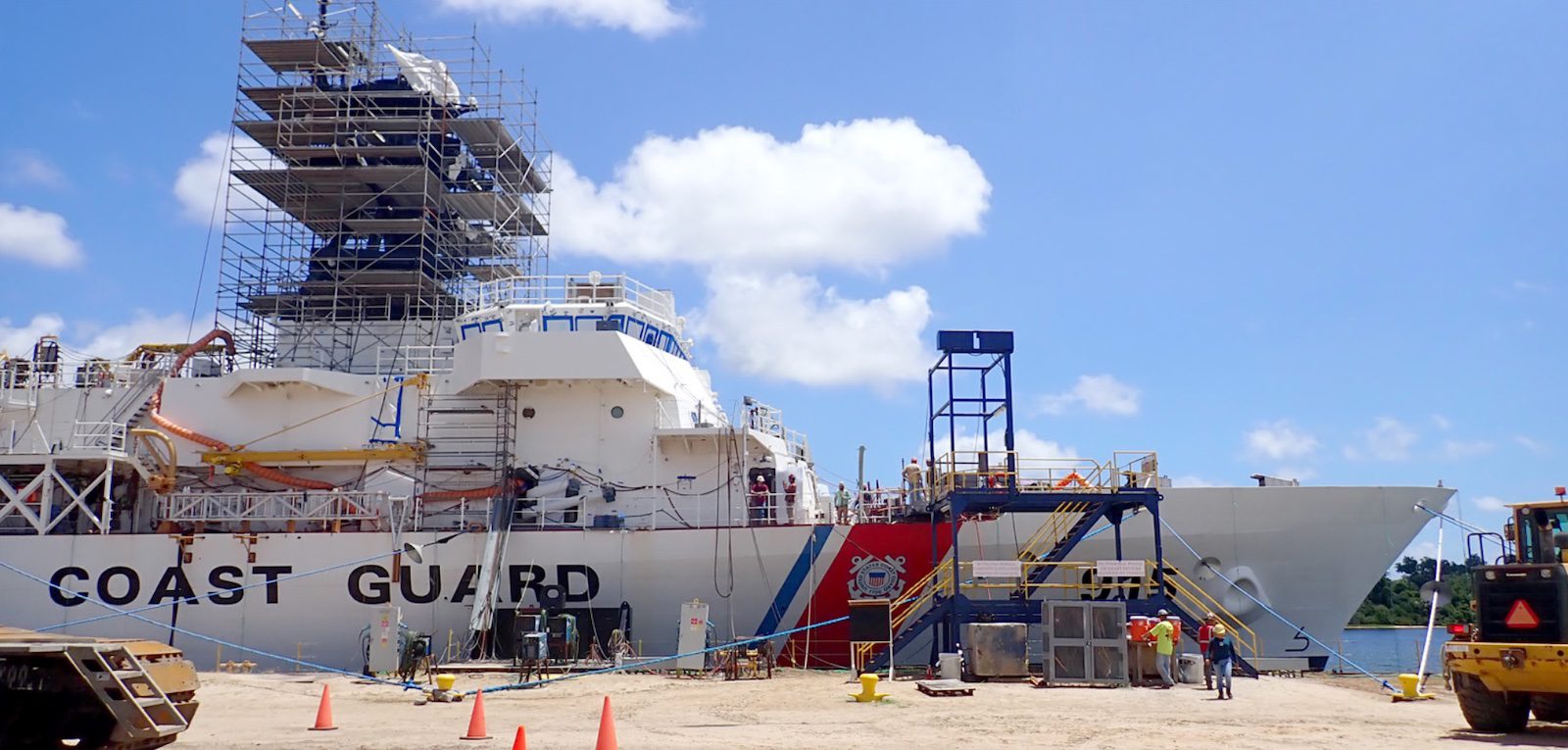By Alex Longley and Heejin Kim Bloomberg) —
The biggest vessel-ordering program since the eve of the global financial crisis is putting a squeeze on the shipbuilding industry’s capacity to construct new vessels.
Owners plowed more than $188 billion into newbuilds in the first 11 months of the year, on course for the strongest pace in terms of both value and capacity since 2007, according to Clarkson Research Services Ltd, a unit of the world’s largest shipbroker. Two of the world’s three largest shipbuilders say customers would need to wait until 2028 to receive new ships ordered today.
The surge comes against the need to serve an ever-growing base of global trade, which has continued to expand despite an elevated interest rate environment and a slowing Chinese economy. Though the proportion of ships being added to the fleet is small by historical standards, the outright volume of orders this year is one of the highest on record, highlighting the pressures on yard space.
“You’ve had very little development in shipyard capacity, other than it has reduced in size,” said Jan Rindbo, chief executive officer of D/S Norden A/S which operates both bulk carriers and oil tankers. “You don’t have the ability to quickly increase production.”
The spending on new ships is a boost to the industrial bases of South Korea, Japan and China, the three countries that dominate new construction. The trouble is that some vessels, particularly ships that move coal, ore and crops, aren’t lucrative enough for yards to make.
Instead, they’re are increasingly full with container ships, where diversions around Africa have helped create meteoric profits for the world’s major lines, and gas carriers, whose demand is set to surge over the coming years as seaborne flows rise.
Limited Space
In addition to cautioning on the lead time for deliveries, a spokesperson for Samsung Heavy Industries Co., the world’s third-largest shipbuilder, said its yard space in South Korea is very tight due to high demand for commercial vessels, especially LNG carriers.
HD Hyundai Heavy Industries Co., the second-biggest, has taken $20.5 billion of orders for 181 vessels so far this year, exceeding its own annual target by 52%, a spokesperson said. It will take about three-and-a-half years to clear its backlog, the firm said.
More than a quarter of those are for LPG and ammonia carriers, and the company is seeking value-added products like gas ships or green-energy vessels rather than bulk carriers or oil tankers that generate lower margins.
The largest ships in gas and container shipping can cost significantly more than $250 million each to build new. By contrast, large bulk carriers cost about $80 million, Clarkson data show. Average industry wait times for large vessels are the highest since the mid-to-late 2000s.
“The more specialized shipbuilders from Korea and Japan are poised to enjoy better earnings by focusing on filling their shipyards with profitable and reliable orders,” ING analysts Min Joo Kang and Rico Luman wrote in a note. “Shipbuilding will continue to be a significant growth driver in Asia.”
Owners have been able to increase their spending as many have been flush with cash from an earnings boom that began soon after the Covid-19 pandemic. For the past three and a half years, average daily vessel earnings have been above the levels they were at between 2010 and 2019, according to Clarkson data.
Trade Growth
That stems in part from continued robust demand for vessels that’s not expected to reverse any time soon: global seaborne trade should expand in both 2025 and 2026 despite concerns about global manufacturing and the health of the Chinese economy.
Red Sea diversions and the war in Ukraine have also boosted the distances ships are sailing and, by extension, demand for the carriers.
At the same time owners are investing in modernizing a fleet in which the average ship’s age is more than 17 years, the oldest since at least 2005, according to Clarkson data.
The push has coincided with a move to cleaner fuels in some corners of the market — particularly container shipping where the largest companies have the biggest direct exposure to end users.
“There’s a market growth component underlying all of the sectors,” said Niels Rasmussen, chief shipping analyst at trade group Bimco, referring to the need for shipowners to build more vessels as trade volumes expand. “On top of that you have decarbonization as a driver for container ships, then somewhere in amongst all of that there is the fact that some sectors have recently seen high profits and its time to contract for replacement.”
© 2024 Bloomberg L.P.

 Join The Club
Join The Club










